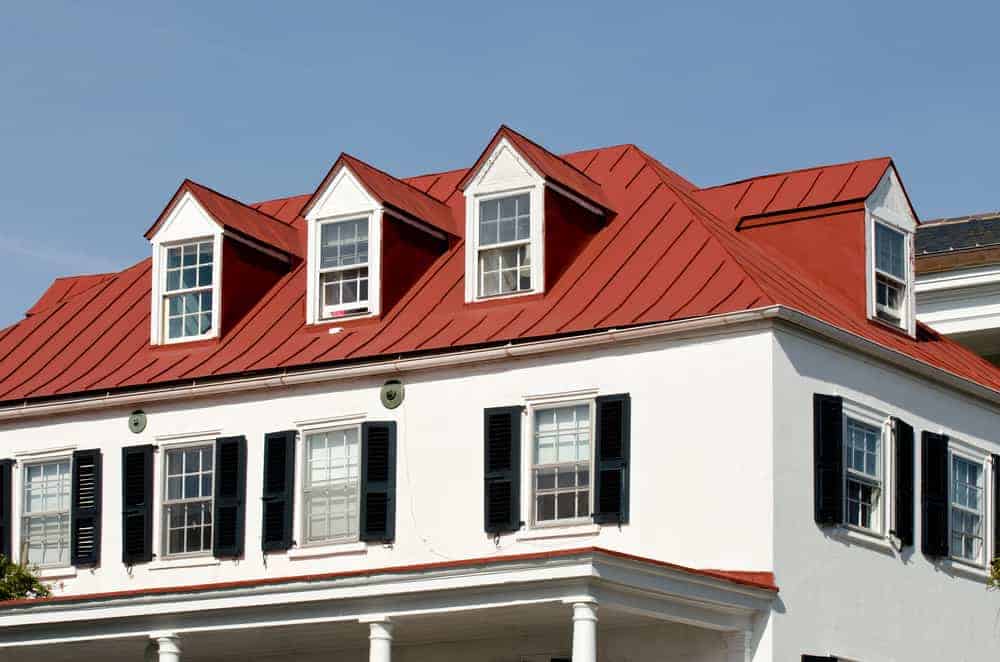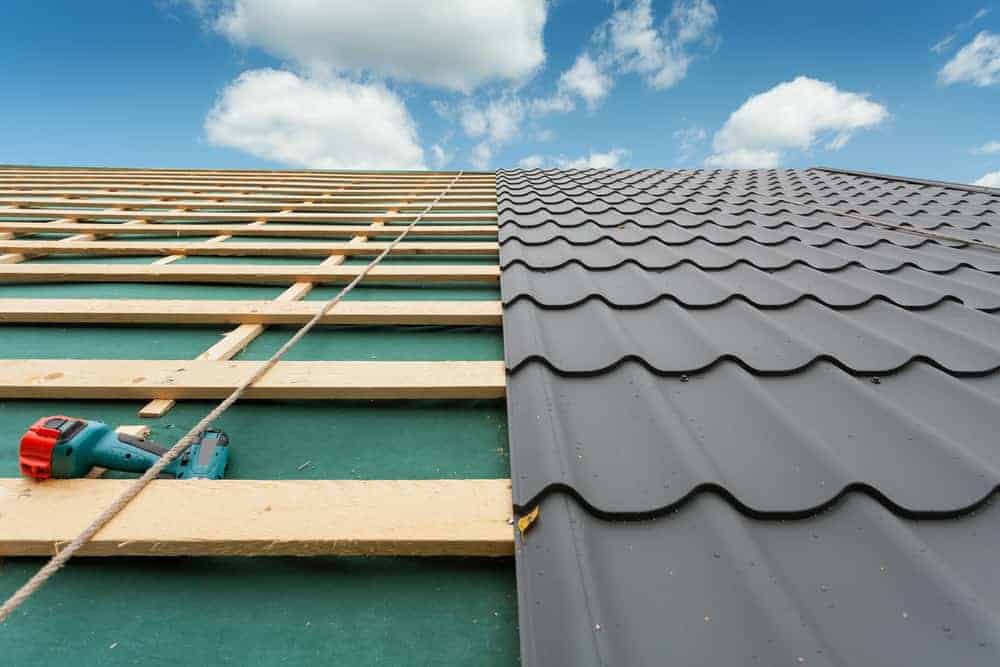Thinking of Metal Roofing

What is Metal Roofing?
When we think of metal roofing, we often think of rusty, dented barns from movies from the great depression. We think leaks. We think holes and rust. We think ugly. It’s not a good look. But, the truth of the matter is that metal roofing has come a long way. Not only are new metal roofs installed with a variety of paints and protective coatings that resist water damage and rust, metal roofs come in a variety of materials that provide several tiers of protection, cost, and aesthetic possibilities. Today, metal roofing materials include

Reliable, Durable Roofing for Long Term Homeowners
First, let’s address what might be common sense to many: metal roofing is just more durable than most other materials. Metal roofs, properly treated, last longer, resist rain and wind damage better, and support the structure of the buildings they protect through their strength and relative lightness. Consider this: metal roofing materials resist damage better than traditional shingles while weighing (potentially) hundreds of pounds less for the same coverage area. That means less stress on the building’s structure-and less structural repairs needed down the line. Take that with the fact that metal roofs can last upwards of 40-70 years depending on the metal used and the construction quality. Well-constructed and properly installed metal roofing can withstand the effects of aging much better than roofs built with traditional shingles which means more time between necessary repairs or complete replacement. A final point to consider is that metal roofs are perfect for shedding heavy rain or snow. If you live in a place that gets significant precipitation, metal roofing helps reduce weight and structural damage caused by leaking water or trapped snow piles.
Increase Long Term Energy Efficiency and Reduce Costs with Metal Roofing
We’ve all been in a home where the AC just keeps running in the summer, or rooms never seem to warm up in the winter. It’s really unfortunate that we’ve just come to expect that many homes and buildings were never meant to be as energy efficient as they could or should be. Metal roofing, however, addresses quite a few energy efficiency problems in both homes and detached structures. Metal roofs, properly installed, actually reflect radiant heat from the roof of a building. Some installations may allow for installers to leave an air space gap between the metal roof and a wooden sub-roof that eliminates heat transfer between the two. So, between heat reflection and an air gap, the amount of heat leaching into, or radiating out of, a building is less that with other materials. In some cases, energy savings from a metal roof can reach up to 40%.
Think Environmentally with Efficient Metal Roofing
With any discussion of energy efficiency, it stands to reason that we can also talk about the environmental impact of metal roofing. Did you know that metal roofing is considered part of a green building strategy for new homes? That’s because metal roofing helps reduce energy usage in homes, as well as the amount of waste metal in landfills and scrap yards. As we already mentioned, metal roofs can contribute to increased energy efficiency and reduced power consumption (and hence reduced power costs). Buildings that need less heating and cooling can reduce costs in homes. But when a metal roof is installed on a detached structure like a  garage or work area, it can eliminate the need to run central heating and air (or even space heaters and fans) in these areas.
garage or work area, it can eliminate the need to run central heating and air (or even space heaters and fans) in these areas.
Where to Best Install Metal Roofing
Many of these benefits refer to living spaces. There is a marked increase in the use of metal roofing on residential buildings and homes to handle durability and cost reduction. However, a more traditional use for metal roofing is for detached structures. This includes buildings like:
What Else to Consider When Getting a Metal Roof
There are many benefits to installing metal roofing on your home or your detached sheds and garages. We can be honest, though: there are a few negatives as well, the main one being the up-front cost for a metal roof can be significantly higher than traditional shingles. Some of us can’t, or just don’t want to, pay a large upfront investment in a metal roof simply for the aesthetics. This is totally understandable. The argument here, however, would be that a metal roof can outlast the average shingles. The longevity of a metal roof is typically about twice that of the average shingle. When comparing a metal roof to traditional shingles, material warranties can be comparable, but the metal will still outlast the shingle. There is however, labor and workmanship to think about with warranties, and that if a repair needs to be made, that can be much more complicated on a metal roof. Almost no metal roofing manufacturer has a preferred installer network where they offer a standard labor and workmanship warranty, therefore, this is done through the installer. Make sure that you get all warranties in writing from your installer to avoid future misunderstandings.
Save Time, Money, and Energy with Metal Roofing Options
Weighing the pros and cons of metal roofing is good practice before jumping in. Properly installed and treated metal roofing, however, can save money on long term energy efficiency, protect a home’s structure, resist fire and storm damage, and provide a roof that will outlast other materials by 30-40 years. So, if you are thinking about placing a shed or detached garage on your property, you can’t go wrong with metal roofing. But, if you want to take the next step, you can also think about what it would mean to install metal roofing on an accent feature or even the entire roof of your home.
